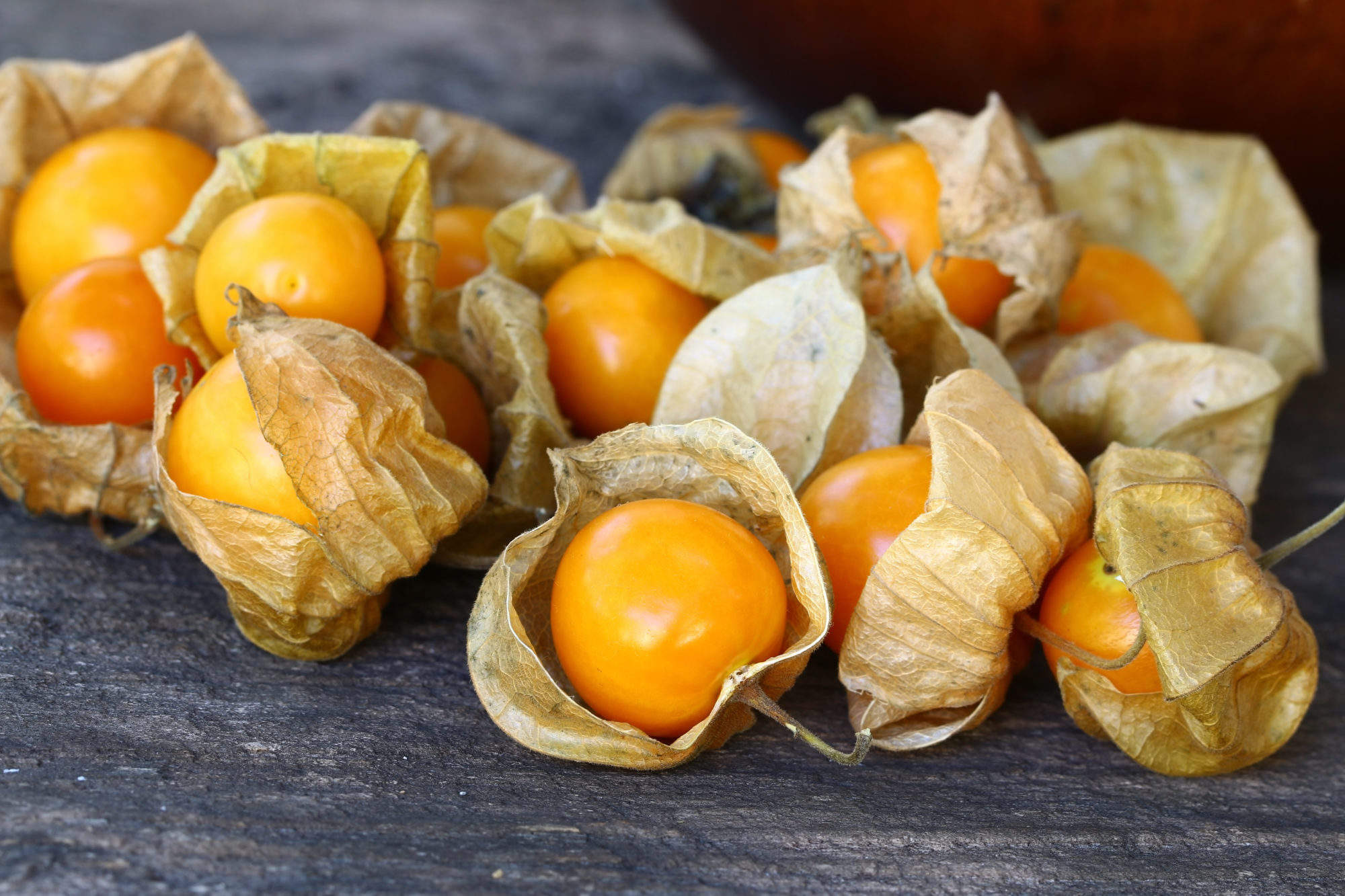
Scientists have genetically modified groundcherries to make them more suited for large-scale farming. The advance opens doors for the domestication of further wild plants using genetic modification, making more crops available globally to consumers.
At present groundcherries – a small, yellow relative of the tomato – tend to be found in gardens and farmers’ markets.

Access deeper industry intelligence
Experience unmatched clarity with a single platform that combines unique data, AI, and human expertise.
Domesticating plants, such as groundcherries, naturally can take decades to thousands of years. But a research team from Howard Hughes Medical Institute Investigator used gene-editing tool CRISPR to make the groundcherries produce larger and more abundant fruit.
The approach saves time, resources and money.
“I firmly believe that with the right approach, the groundcherry could become a major berry crop,” said Lippman, a plant scientist at Cold Spring Harbor Laboratory.
While he says that some scientists might consider the idea a reach, he adds that “we’re now at a place where the technology allows us to reach.”

US Tariffs are shifting - will you react or anticipate?
Don’t let policy changes catch you off guard. Stay proactive with real-time data and expert analysis.
By GlobalDataGroundcherries, also known as husk cherries, strawberry tomatoes or Physalis, is an orphan crop. In addition to low yields, orphan crops are restricted by poor shelf lives.
However, consumers are increasingly demanding variety for rarer orphan crops. One such example is quinoa, which has become standard in supermarkets.
While genetic modifications are already used to improve mainstream crops such as corn, they have not previously been used to bring orphan crops into mass production.
Genetically modified groundcherries: Three modified genes, 50% more fruit
Collaborating with Joyce Van Eck at the Boyce Thompson Institute, Lippman used CRISPR to change three groundcherry genes.
Changing one flowering hormone increased the density of the plant’s fruit. According to Lippman, this genetic modification resulted in 50% more fruit than unmodified versions.
Another made the plant more compact and produced fruit in clusters rather than individually. The third mutation increased the overall size of the fruit.
The team based their approach on the closely related and well-studied tomato.
Lippman believes that gene editing can be used to domesticate more plants.
“This is pretty good proof that with gene editing you can think about bringing other wild plants or orphan crops into agricultural production,” said Lippman.
“The more arrows we have in our quiver to address agricultural needs in the future, the better off we’re going to be.”
The results of the two-year project were published in the journal Nature Plants.
Read more: Brexit food security: An opportunity for vertical farming?







